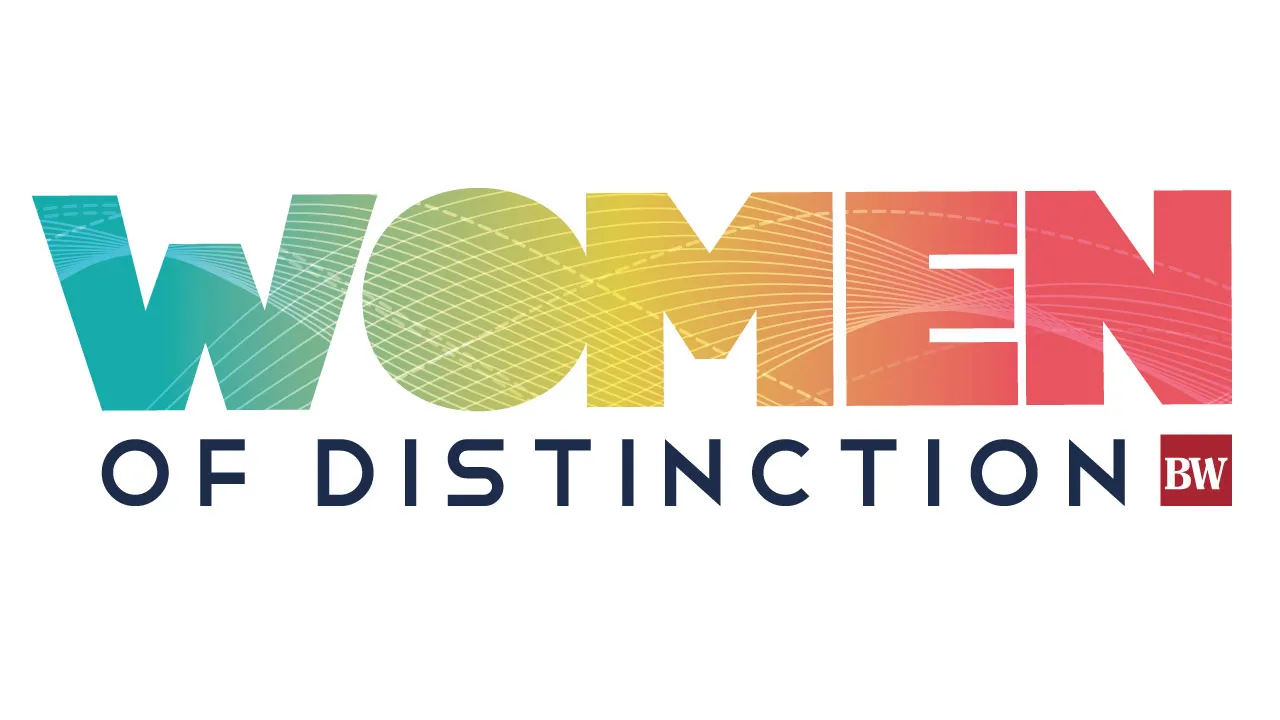Who are your company’s stakeholders?
There are lots and lots of people who are affected by your company. Even if you’re a super small business, you still have yourself, your family, customers and partners.
As you grow, you’ll include employees, their families, and an ever-growing array of people to whom you deliver value.
This is why the concept of “stakeholders” is so powerful. Typically we’d talk about shareholders, but that’s a really limited view of success and impact. Focusing too much on shareholders is dangerous, and can lead you to some really unbalanced decisions.
My best clients realize that…
THIS ARTICLE IS FOR SUBSCRIBERS ONLY
Continue reading for less than $3 per week!
Get a month of award-winning local business news, trends and insights
Access award-winning content today!

